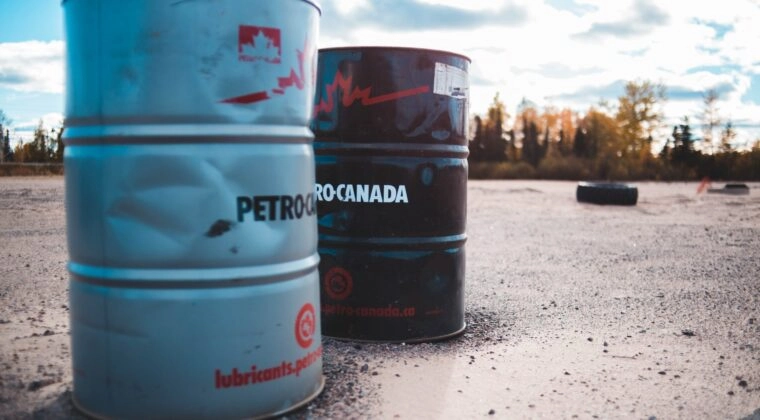-
- Plateformes de trading
- Application PU Prime
- MetaTrader 5
- MetaTrader 4
- PU Copy Trading
- Trader Web
- PU Social
-
- Conditions de Trading
- Types de compte
- Spreads, Coûts et Swaps
- Dépôts et Retraits
- Frais et Charges
- Heures de Trading

On Wednesday evening (GMT+3), the US EIA Crude Oil Inventories data was released. For the Week of 3 June, US inventories of crude increased by 2.025 million barrels. This is compared to the forecasted draw of 1.917 million, and the previous week’s draw of 5.068 million.
Meanwhile, distillate inventories saw a rise of 2.592 million barrels against an expected build of 1.06 barrels, while gasoline inventories fell 0.812 million barrels against an expected build of 1.075 million.
The EIA also reported that the utilisation rate for refinery crude runs rose by 1.6% to 94.2%, the highest since December 2019, while on the East Coast, utilisation rates rose to 99.2%, the highest since November 2017.
Analysts say that the build in EIA inventories is partly due to shifts from the drawdowns in the US Strategic Petroleum Reserve – which is at a record low of 519.3 million.
Post Market
Despite the increase in US crude oil inventories, oil prices continue to rise, with WTI up 0.29% at $122.45 and Brent up 0.36% at $124.00. WTI futures for July are at $122.47, while Brent futures for August are at $124.02.
While earlier this month, both Saudi Arabia and OPEC+ have indicated that they would be willing to increase oil production, oil prices continue to rise on a combination of different factors.
This includes a possible strike by Norwegian offshore oil workers, the easing of China’s Covid-19 lockdowns, and Russia’s ongoing war in Ukraine. Summer is also coming for the Northern hemisphere, which will see increased demand for fuel as the driving season starts.
Goldman Sachs is now predicting that Brent crude will average $140 per barrel, while gasoline might spike to $160.
Fears of demand destruction have emerged in the markets. In fact, Peter McNally, global sector lead for industrials, materials, and energy at Third Bridge said that “one could argue that [it] has already started for gasoline. Since the start of March, U.S. gasoline consumption is 6% lower than the corresponding period in 2019.”
Increases in fuel and energy prices are often passed on to other goods and services, and demand destruction for oil will move on to more discretionary goods and further fuel inflation. Analysts now fear that this will tip the market into recession as consumer spending subsides. Says CNBC’s Jim Cramer, “As long as oil prices keep climbing, it’s hard to make the case for a soft landing. Oil’s a nightmare for the Fed. It reverberates throughout the whole economy, and there seems to be no stopping it”.
For a closer read on inflation numbers, investors are now strongly advised to pay close attention to the upcoming US Core CPI data for May, which will be released on Friday, 10 June at 15:30 (GMT+3). The forecasted read is an increase of 0.5%, and the previous month’s read is 0.6%.
As a friendly reminder, do keep an eye on market changes, control your positions, and manage your risk well.

Tradez le Forex, les indices, Métaux et plus encore avec des spreads faibles et une exécution ultra-rapide.
Inscrivez-vous pour un compte réel PU Prime grâce à notre procédure simplifiée.
Approvisionnez facilement votre compte grâce à un large éventail de canaux et de devises acceptées.
Accédez à des centaines d’instruments avec les meilleures conditions de trading.